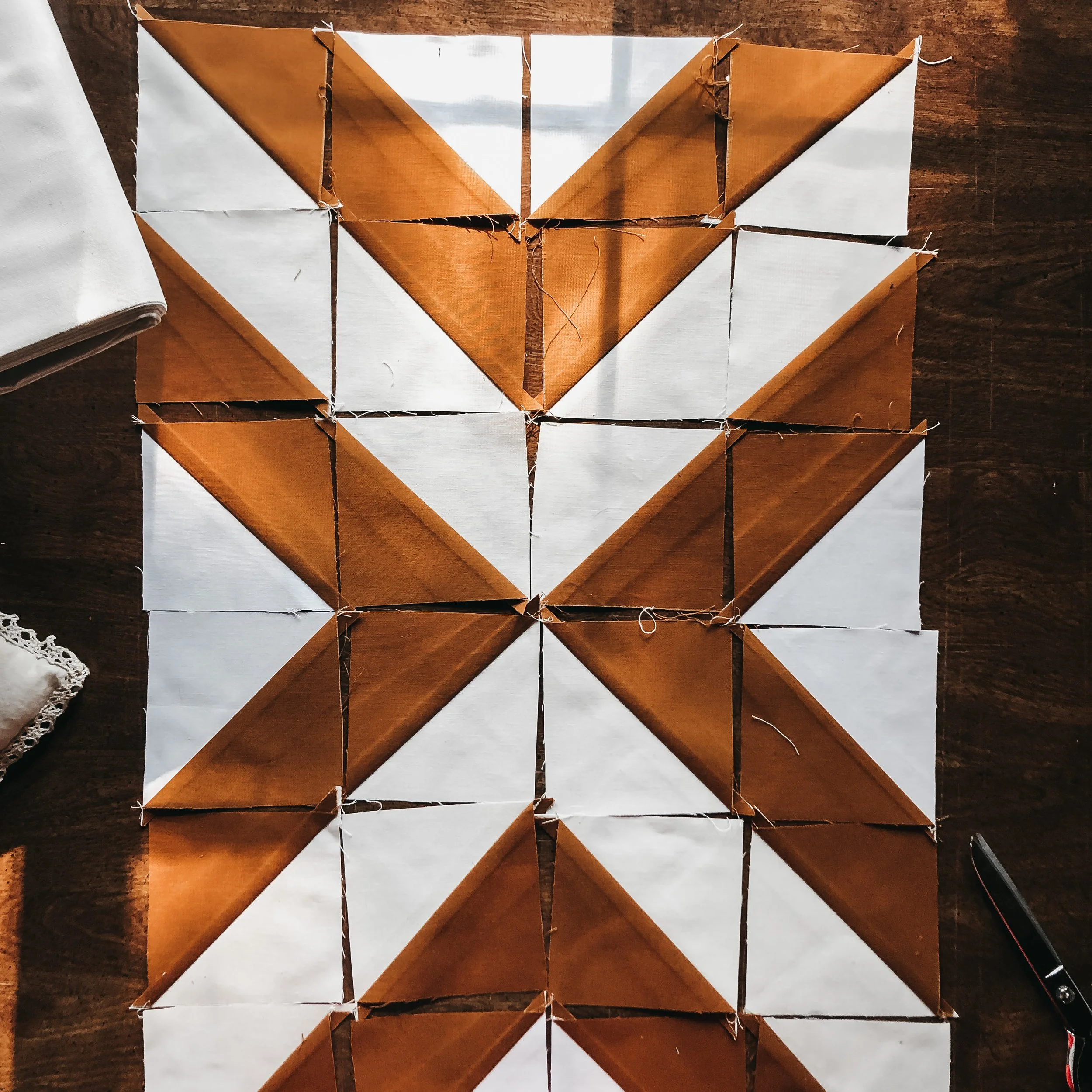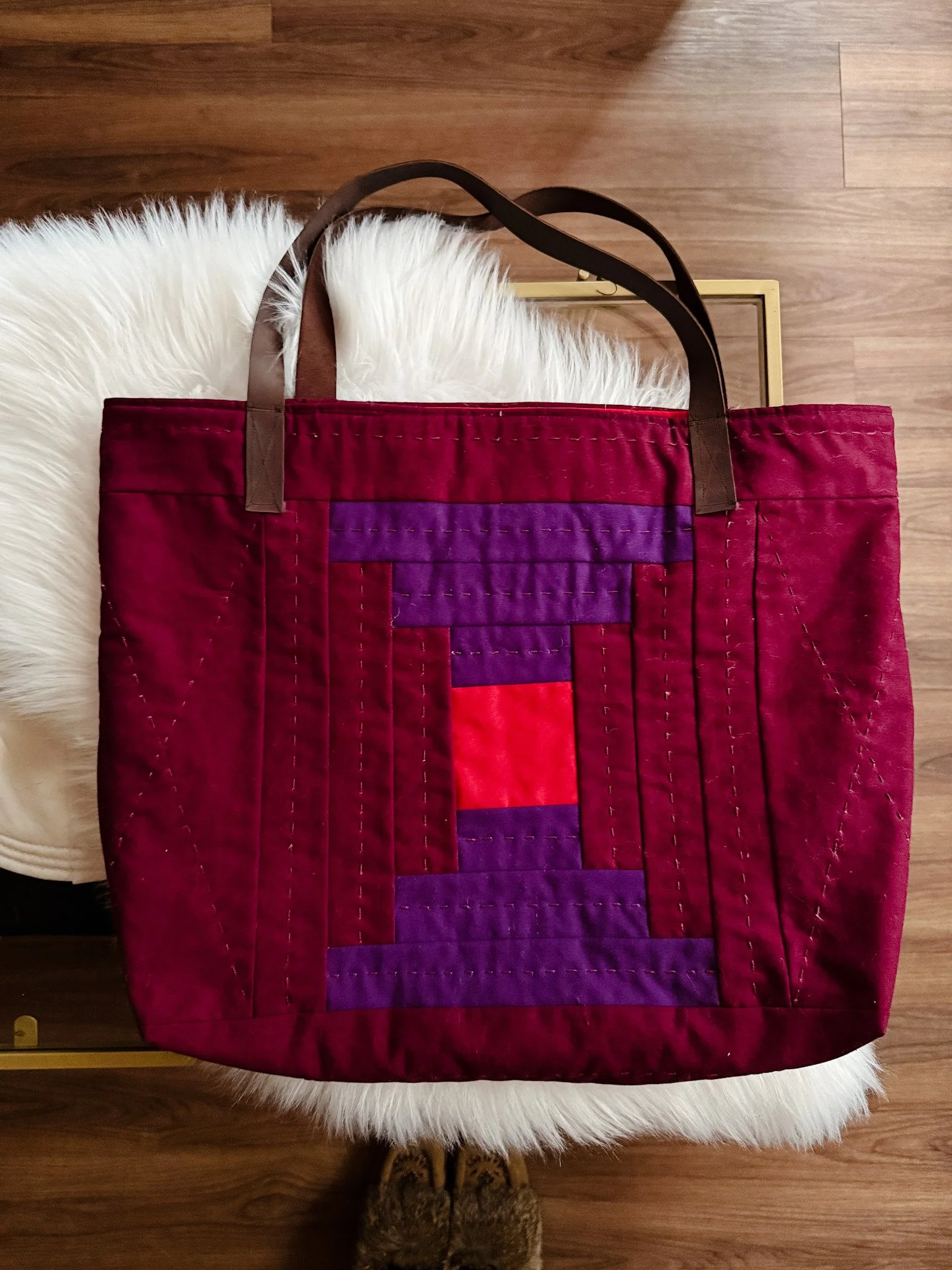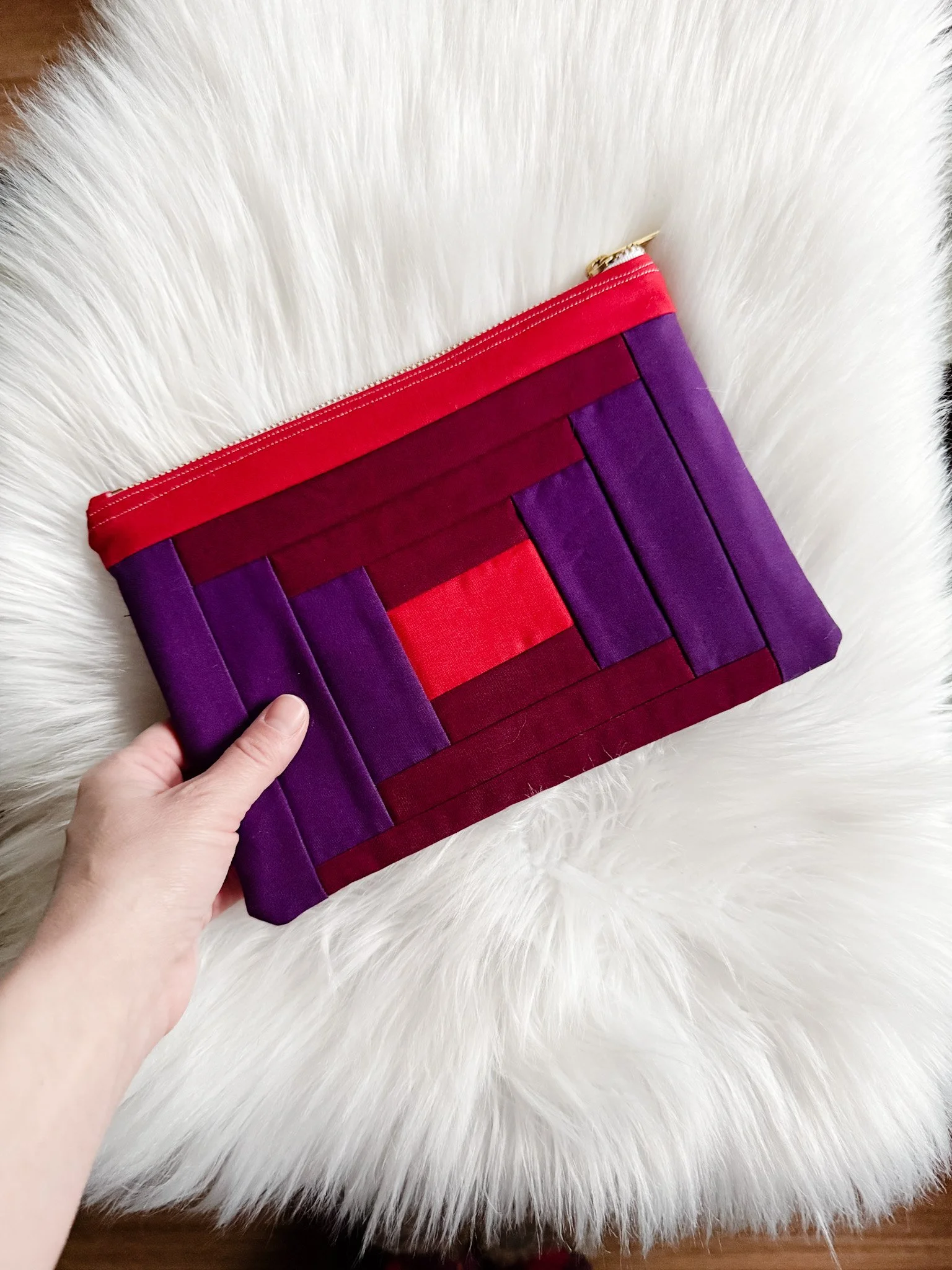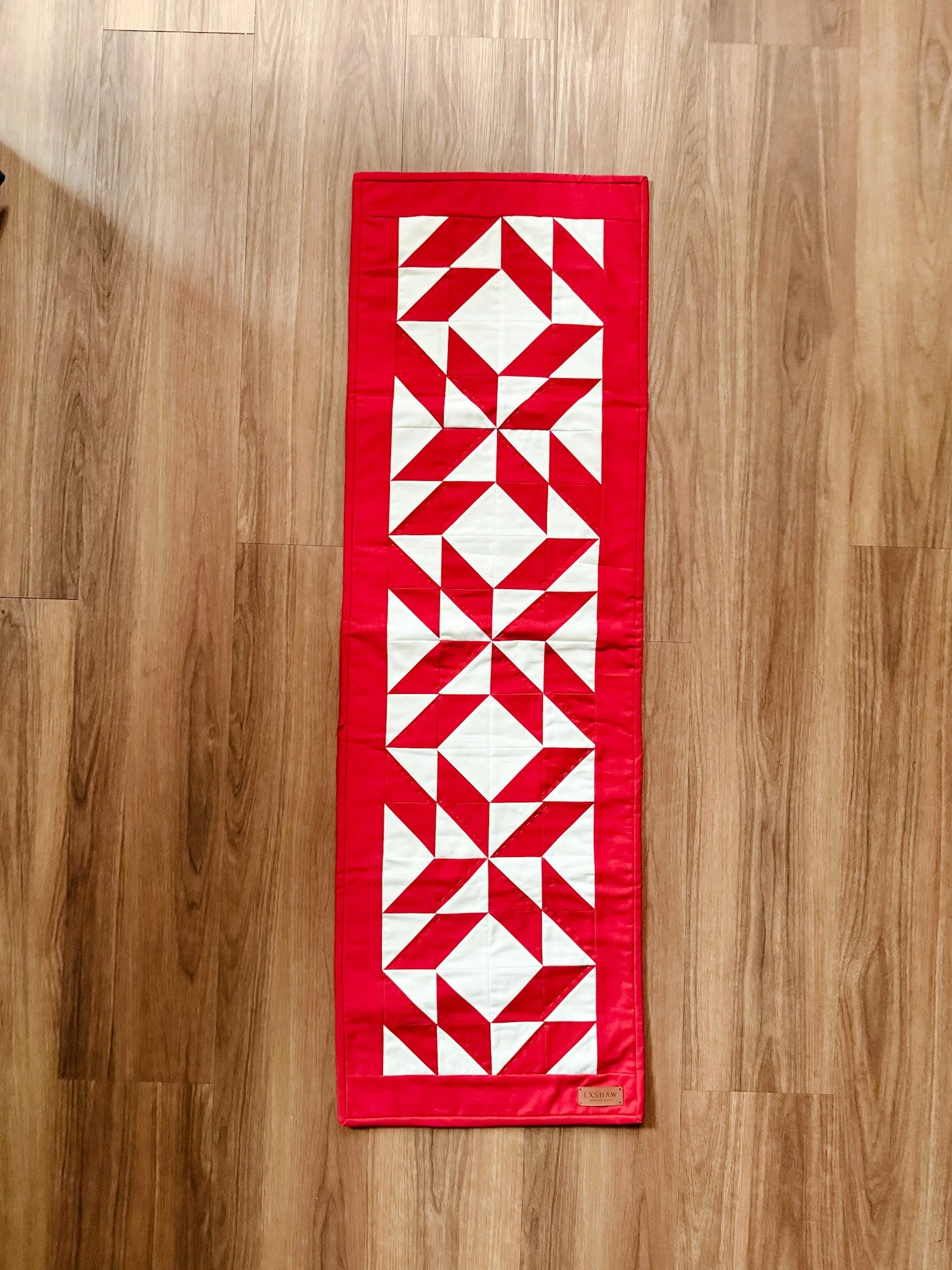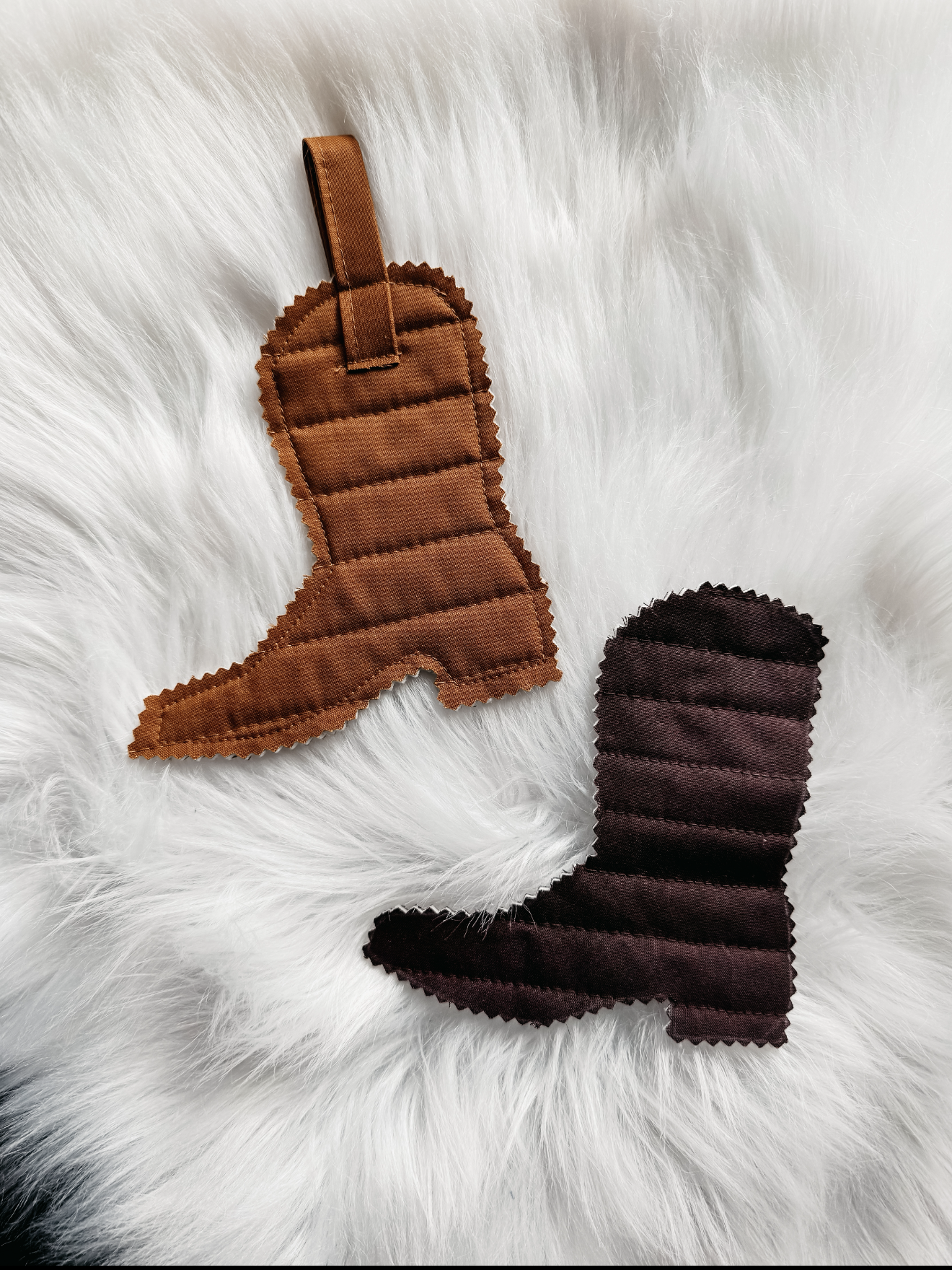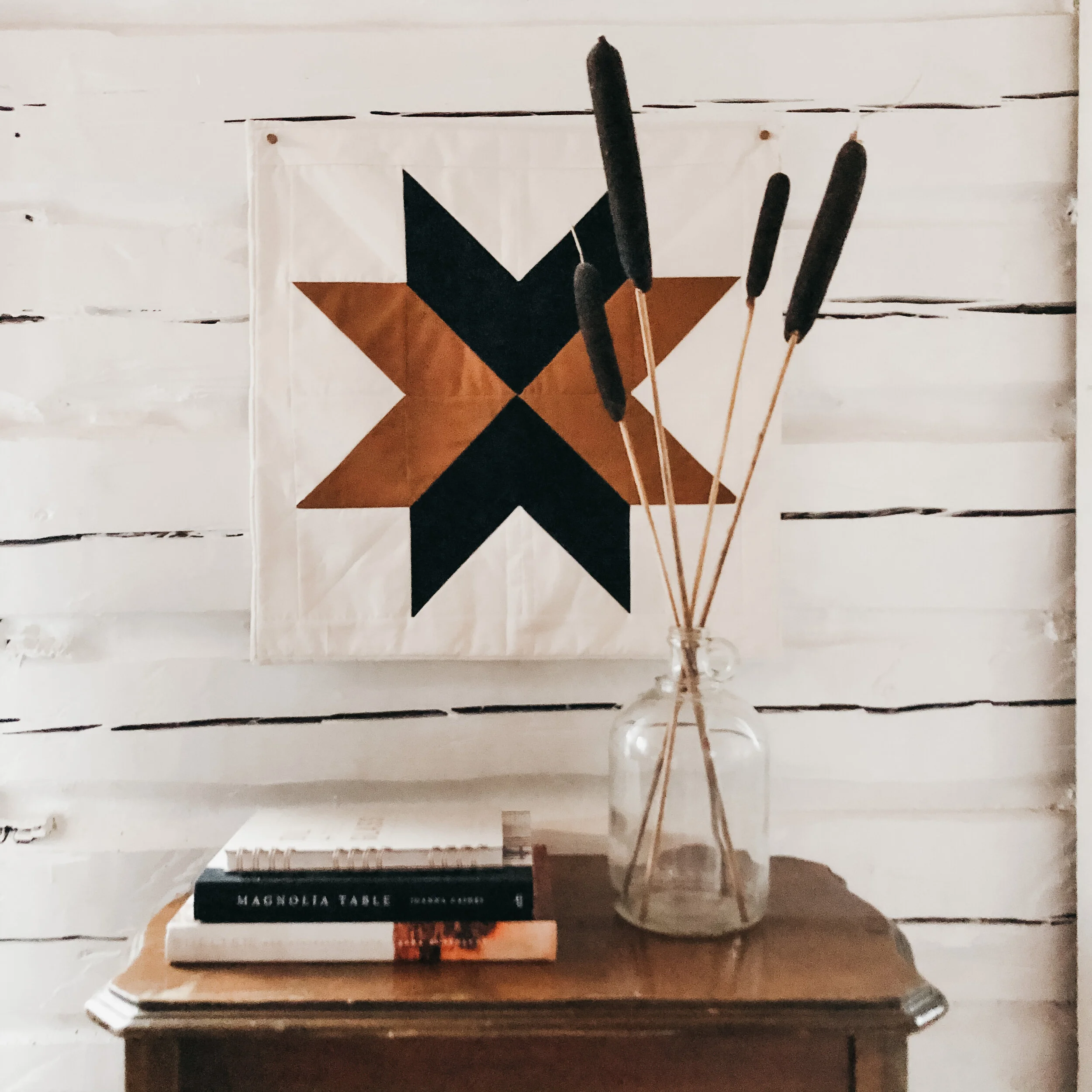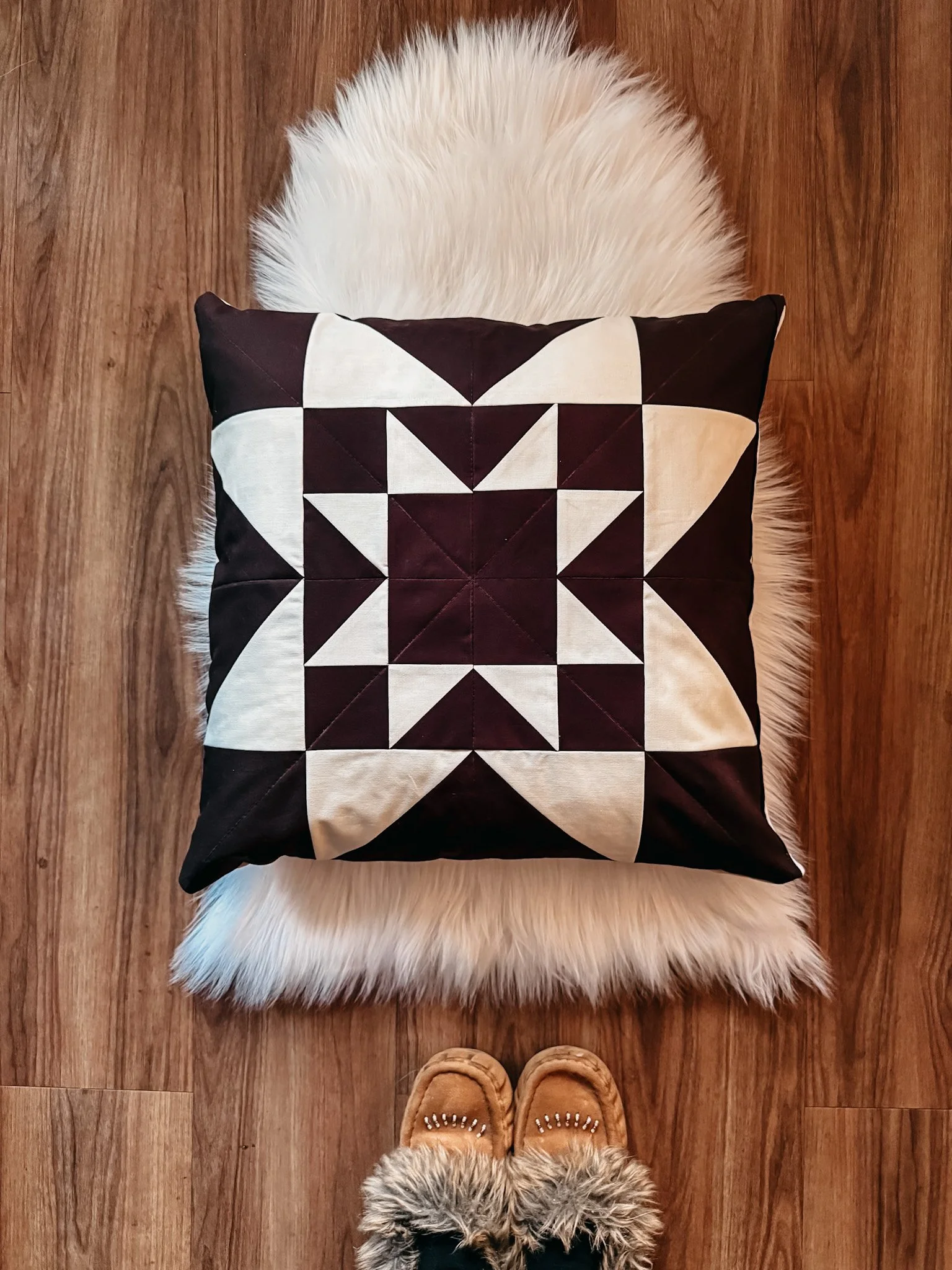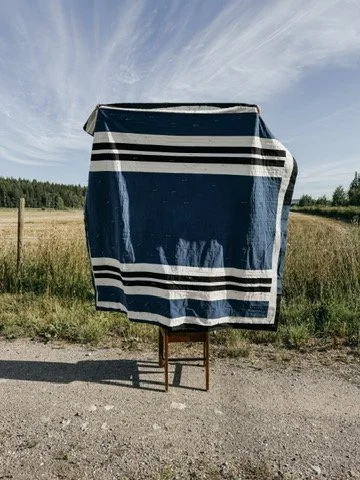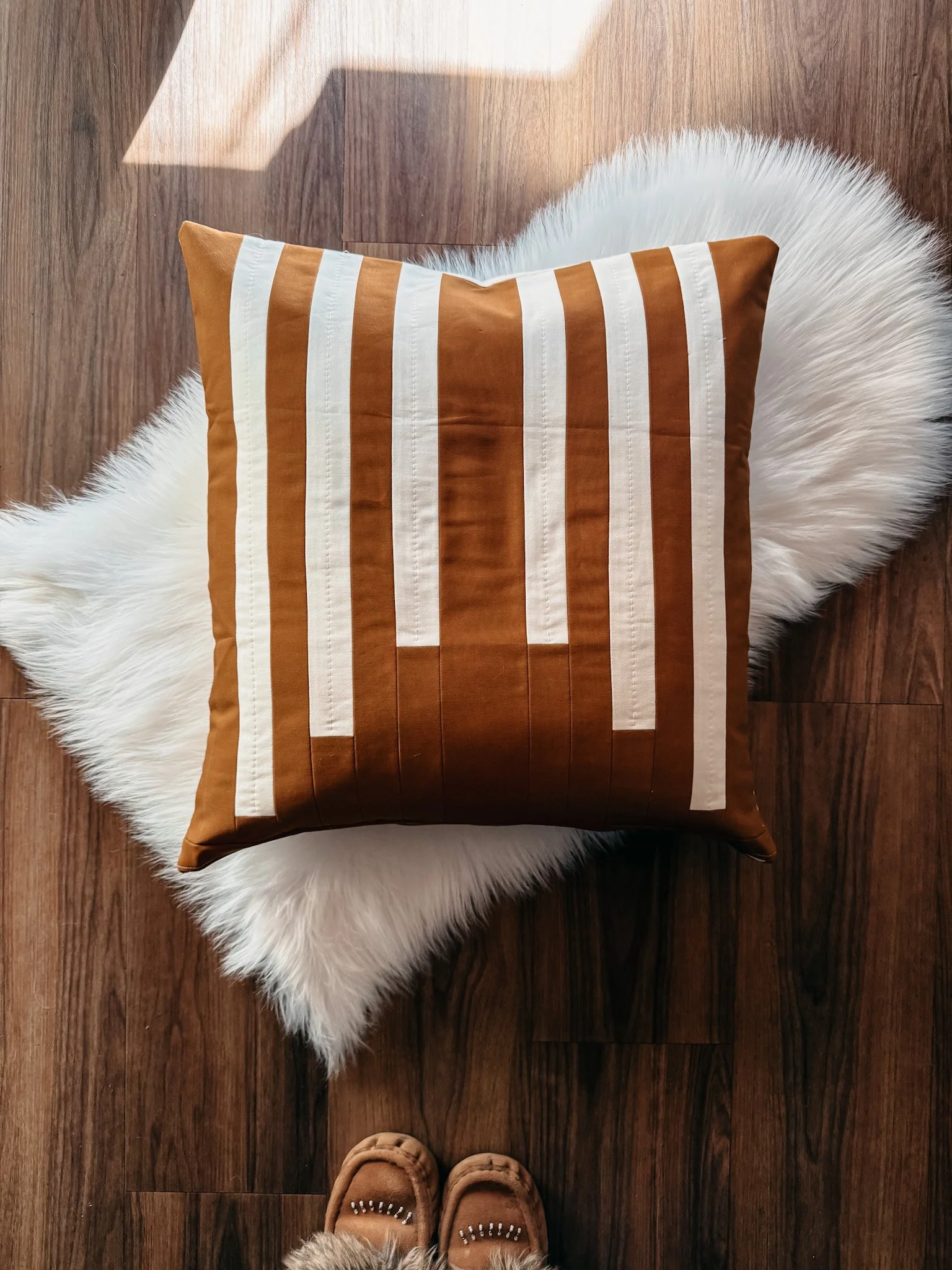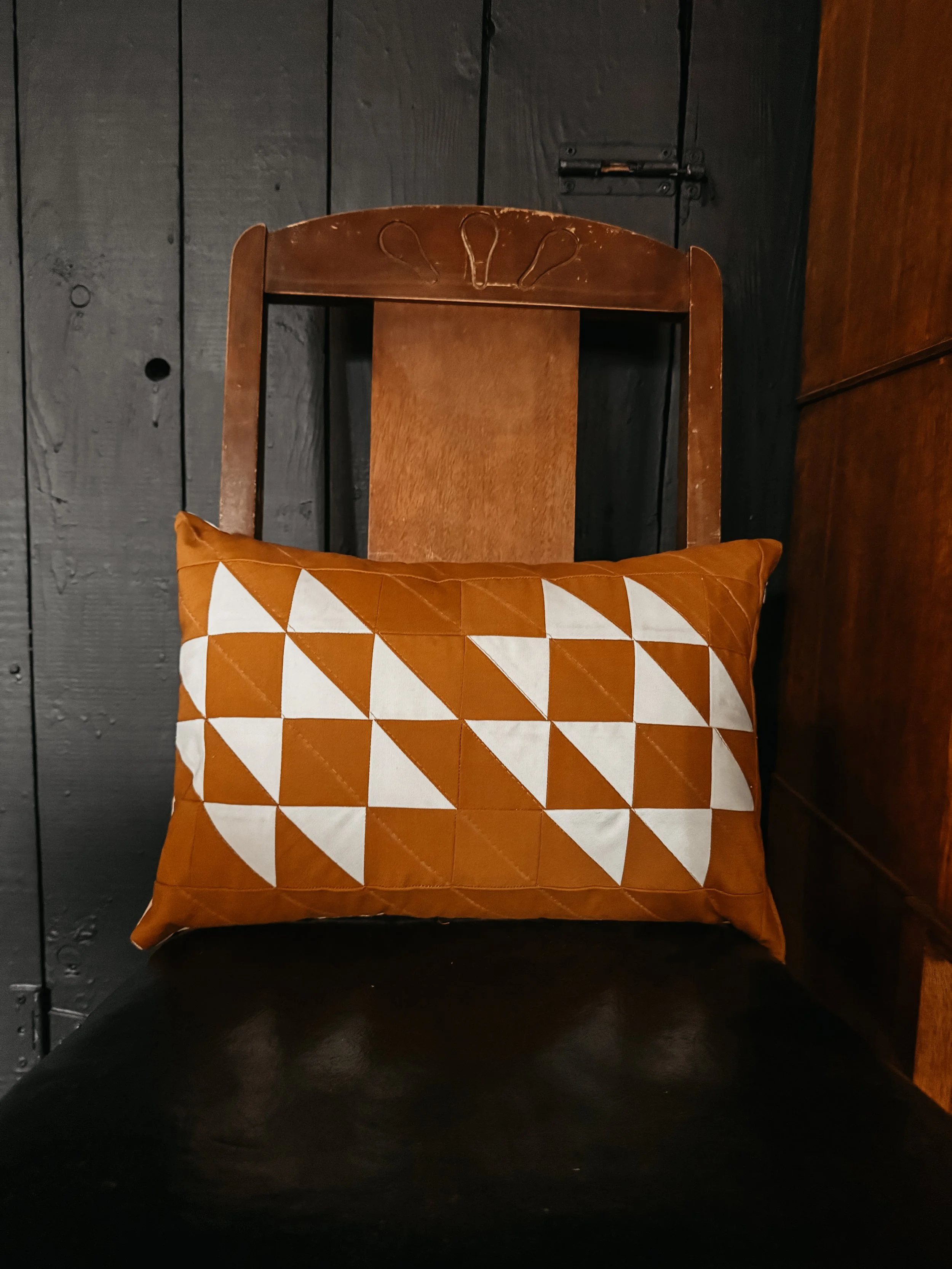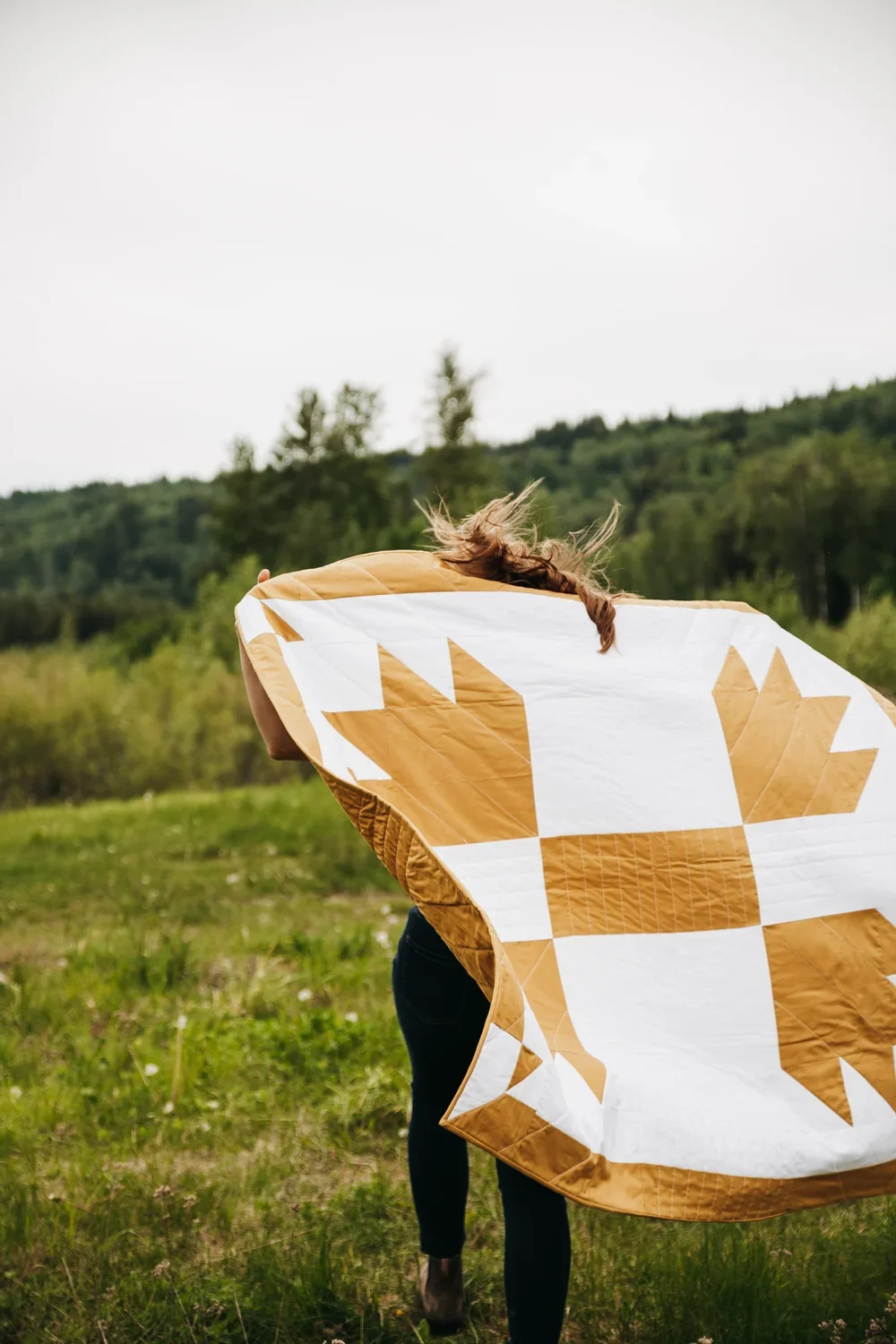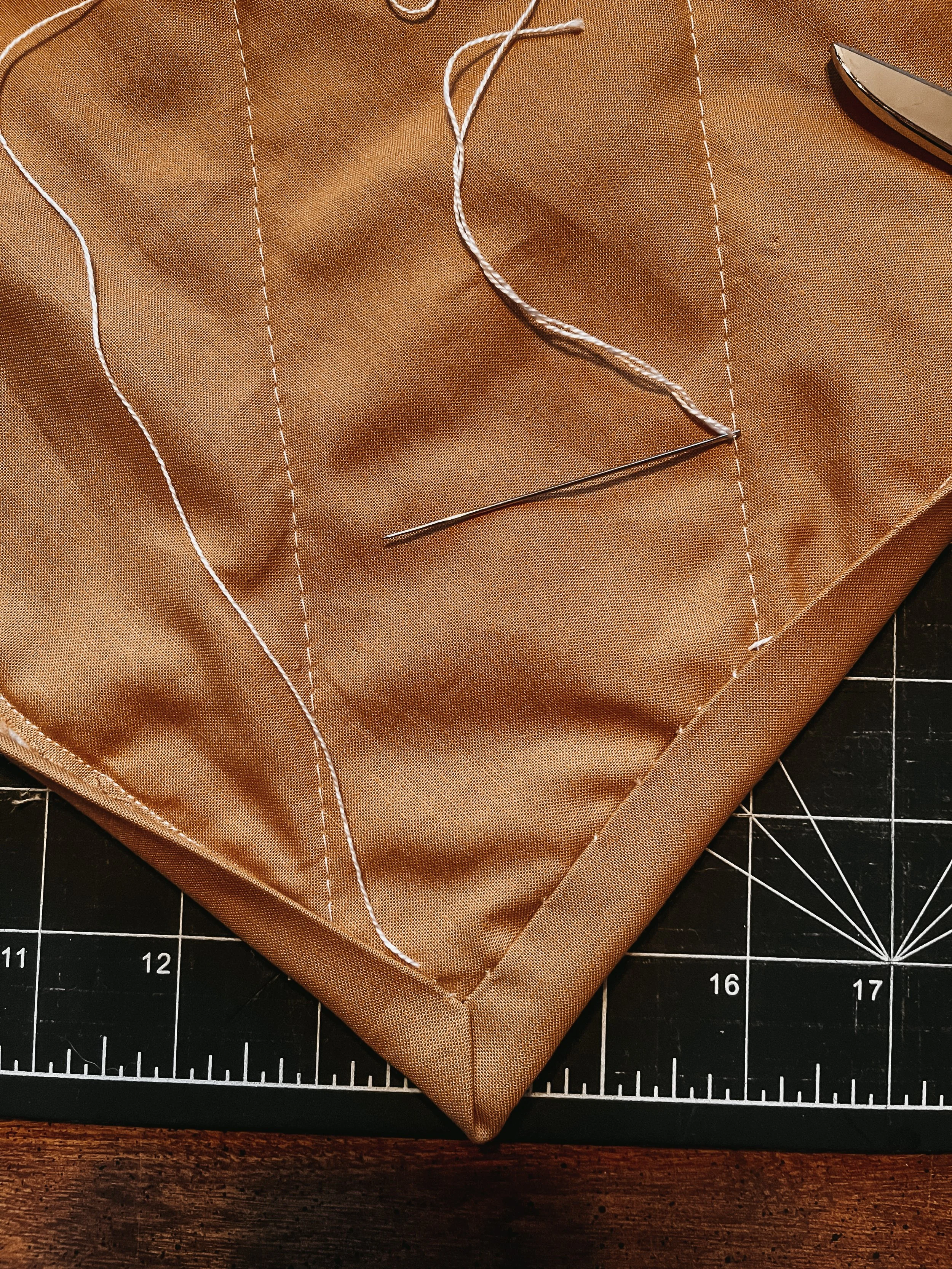Cutting Tools for Quilts: The Best Scissors, Rotary Cutters, and Rulers for Precise Quilting
Discover the best cutting tools for quilts, including scissors, rotary cutters, rulers, and mats. Learn how to use them properly for accurate and beautiful quilting results.
Let’s be honest—great quilts start with great cuts. Whether you’re a beginner just learning the ropes or a seasoned stitcher refining your craft, having the right cutting tools can make or break your quilting project. In fact, poor cutting is one of the top causes of wonky blocks and mismatched seams!
In this blog post, I’ll walk you through my favorite must-have cutting tools for quilters—from dreamy stork embroidery scissors to powerhouse tailor shears and precision rotary cutters. I’ll also share how to use each tool correctly, plus my go-to brands (hello, Olfa and Fiskars!). Let’s cut to the chase—pun absolutely intended.
✂️ Why Cutting Tools Matter in Quilting
You can have the prettiest fabric in the world and the most beautiful pattern picked out—but if your pieces aren’t cut precisely, even the best sewing skills can’t save the final quilt. Cutting is the foundation of quilting. Every block, every seam, every finished piece depends on accurate measurements and clean edges.
✨ The Link Between Accurate Cutting and Successful Quilting
Precise cuts mean your pieces fit together like a dream. Blocks line up neatly, points match, and seams lie flat. Quilters often talk about a “scant ¼ inch seam,” but here’s the truth: if your fabric wasn’t cut correctly to begin with, even perfect stitching won’t fix it. Accuracy at the cutting table makes everything downstream easier—sewing, pressing, and final assembly all benefit from clean, correct cuts.
⚠️ Common Problems Caused by Dull or Imprecise Tools
Let’s talk frustration. Using the wrong tools (or ones that are dull or low quality) can lead to:
Jagged edges that fray quickly
Uneven strips and mismatched block sizes
Re-cutting the same fabric multiple times, wasting material
Slipped rulers and wobbly cuts that throw off your whole quilt
Hand fatigue or wrist pain from using scissors not made for fabric
Honestly? It’s enough to make you want to pack it all up and start a new hobby.
🧵 How the Right Tools Save Time, Fabric, and Frustration
Good cutting tools are like having a quiet assistant at your side. They do the hard work with minimal effort—and they get it right the first time. A sharp rotary cutter paired with a sturdy ruler and a self-healing mat can cut through layers with ease and accuracy. High-quality fabric scissors glide like butter. And when your tools work well, your creativity flows more freely. Because of this EVERYONE in my house knows to never take and use my scissors for anything but fabric.
Investing in the right tools doesn’t just make quilting easier—it makes it more enjoyable. You’ll spend less time fixing mistakes and more time doing what you love: stitching something beautiful.
🔪Choosing the Right Scissors for Quilting
Types of quilting scissors: fabric scissors vs. embroidery scissors
Why you should never use fabric scissors on paper
Recommendations:
Stork-shaped embroidery scissors for snipping threads and handwork
8" heavy-duty tailor scissors for cutting through multiple layers
How to sharpen and maintain your scissors
🚫 Rotary Cutters: The Quilter’s Secret Weapon
If scissors are the old faithful of quilting, rotary cutters are the sleek, modern upgrade we didn’t know we needed. Introduced to the quilting world in the late 1970s, these circular-bladed tools have revolutionized fabric cutting. Why? Because they’re fast, precise, and can slice through multiple layers of fabric in one smooth swoop—hello, time saver!
✨ What Is a Rotary Cutter and Why Is It Essential?
A rotary cutter is essentially a rolling razor blade with a handle. Unlike scissors, which lift and separate fabric as you cut, rotary cutters glide flat across the fabric, giving you clean, accurate cuts with less distortion. Pair it with a cutting mat and a quilting ruler, and you’ve got a trio that will seriously level up your piecing game. Whether you’re cutting strips, squares, or intricate templates, a rotary cutter helps you work faster and more precisely—especially if you're tackling repetitive cuts or large quilt projects.
🌀 Blade Sizes: 28mm, 45mm, 60mm—Which Should You Choose?
28mm: Small but mighty. Ideal for tight curves, templates, and small applique pieces.
45mm: The goldilocks size for most quilters. Perfect for everyday use—cutting strips, squaring up blocks, and trimming half-square triangles.
60mm: Built for speed and bulk. Great for cutting through thicker fabrics or several layers at once.
If you're just getting started, go with the 45mm—you’ll use it for 90% of your quilting cuts.
⚠️ Rotary Cutter Safety Tips
These blades are no joke. They’re razor sharp, and even the most experienced quilters have a “whoops” moment. Here’s how to stay safe:
Always close the blade after use—every single time.
Cut away from your body, with firm pressure on your ruler.
Keep your fingers on the ruler, not near the blade’s edge.
Replace dull blades promptly—dull blades can skip and lead to uneven cuts (or slips).
Store it in a safe place away from pets and little hands.
🧡 My Favorite: Olfa 45mm Ergonomic Rotary Cutter
I’ve tried a handful of rotary cutters over the years, but I always come back to the Olfa 45mm ergonomic rotary cutter. It fits comfortably in my hand, has a safety lock, and the curved handle takes pressure off your wrist—which is a game changer during long cutting sessions. The blade clicks into place effortlessly, and it stays sharp longer than most.
Honestly? It’s the one tool I’d replace immediately if it ever disappeared from my sewing table. It just makes everything smoother.
amazon link to fave products📏 Cutting Mats and Rulers: Your Dynamic Duo
A good cutting mat and a trusty ruler are like peanut butter and jelly—essential on their own, but truly magical together. They’re the backbone of clean, consistent cuts, whether you're trimming tiny squares or slicing long border strips.
✨ Self-Healing Cutting Mats: Why They’re a Must-Have
Let’s start with the mat. A self-healing cutting mat is a non-negotiable for quilters. Unlike regular mats, these mats “heal” small cuts, meaning your surface stays smooth for longer and your rotary blade stays sharper. They also protect your table and help extend the life of your tools. Trust me—once you use one, there’s no going back.
📐 Best Size and Thickness for Quilting
For most quilters, an 18x24" mat hits the sweet spot (for me its the 24x36" size). It’s large enough to cut strips and sub-cut blocks without needing to shift your fabric constantly, but still compact enough to fit on a standard table or work surface. Look for mats that are at least 3mm thick—this ensures durability and a stable surface for slicing.
✅ Why I Like Fiskars Mats
Fiskars cutting mats are reliable, budget-friendly, and easy to find—plus, they come with helpful grid markings that line up beautifully with your rulers. I’ve used one for years without warping, and I love how the light markings show up well on both dark and light fabrics. They’re also double-sided, so you get twice the use!
📏 Quilting Rulers: Types, Uses & Favorites
When it comes to rulers, the options are endless—but you don’t need a hundred to get started. I personally use and recommend a mix of Omnigrid, Dritz, Bloc Loc, and Arteza rulers, depending on the project. Here's how they stack up:
➕ Straight Edge vs. Square vs. Specialty Shapes
Straight-edge rulers (like 6" x 24") are ideal for cutting long strips, squaring up yardage, and trimming blocks. These are your bread and butter.
Square rulers (like 12.5" x 12.5") are perfect for trimming blocks to size—especially when you want nice, crisp corners.
Specialty rulers (like flying geese or half-square triangle templates) can be helpful but aren’t must-haves when you’re starting out. These are necessary but a lot of fun and make cutting sooo much easier.
🎯 Essential Rulers for Beginners
If you're building your tool kit, start with these two:
6” x 24” ruler – Perfect for cutting fabric from yardage and making clean, straight cuts
12.5” square ruler – Ideal for trimming blocks, centering patterns, and squaring things up before piecing
They’ll take you far, and you can always add more as you tackle more advanced blocks or explore specialty shapes.
🛡️ How to Use a Ruler with Your Rotary Cutter (Without Slipping)
We’ve all had it happen—the ruler slips mid-cut, and suddenly your perfect strip is not so perfect. A few tips to prevent that:
Use your body weight: Stand directly over the ruler and press down firmly with your non-cutting hand
Place your pinky and ring fingers off the edge of the ruler for extra grip
Cut away from your body in one smooth motion, not back and forth
Use ruler grips (like non-slip dots or adhesive strips) or try a ruler handle for more control
Keep your mat clean – lint and threads can create bumps that make rulers wobble
With a little practice, you’ll get the hang of smooth, confident cutting—no slippage, no wasted fabric, just clean, crisp lines every time.
amazon link to fave products🧰 Extra Accessories to Make Cutting Easier
Once you’ve got your mat, cutter, and rulers in place, a few small add-ons can seriously level up your cutting game. These aren’t essentials, but they are the kind of little luxuries that make your quilting smoother, safer, and just plain more enjoyable.
🧲 Ruler Grips & Handles
Ever feel like your ruler has a mind of its own? Ruler grips are game-changers. These clear adhesive dots or strips stick to the bottom of your rulers and help prevent sliding—especially helpful on slippery fabric or if your hands get tired.
Prefer a bit of lift? Try a ruler handle—a little suction-cup tool you attach to the top of your ruler so you can hold it more comfortably and lift it without smudging your fabric layout.
🔄 Rotary Blade Sharpeners
If your cuts start to feel more like tearing than slicing, it might be time to sharpen that blade. A rotary blade sharpener can extend the life of your blades and save money in the long run. Just pop the blade in, twist, and you’re good to go. (But always test your blade on scrap fabric before diving into your good stuff!)
🧤 Quilting Gloves for Extra Grip
Yes, quilting gloves! They’re not just for free-motion quilting—some quilters use them while cutting too. The light grip on the fingertips helps keep rulers steady and fabric in place, which is especially helpful if you struggle with hand strength or wrist fatigue. Gardening gloves also work!
🗃️ Tool Storage & Safety Tips
Sharp tools + a cluttered space = a recipe for “oops.” Keep your rotary cutter covered with the blade locked when not in use (your fingers will thank you). Store scissors in a cup or pouch with the blades facing down. And if you’ve got little ones or pets around, stash everything in a drawer or container with a lid to avoid accidents.
✨ These small upgrades might seem like extras, but once you start using them, they quickly become part of your go-to routine. Think of them as the unsung heroes of your sewing space—quietly making everything a little easier, a little safer, and a lot more enjoyable.
amazon link to fave products✅ How to Cut Quilt Fabric Like a Pro (Step-by-Step)
Cutting fabric might seem simple, but in quilting, it’s where the magic (and the math) begins. Crisp, accurate cuts are what give your blocks that satisfying “snap” when the points match up just right. Whether you're working with pre-washed yardage or freshly pressed fat quarters, here’s how to cut your quilt fabric like a total pro—without the stress.
🧺 Step 1: Prep Your Fabric
Press first! Use a hot iron to smooth out wrinkles, especially near the fold. A smooth surface = more accurate cuts.
Check the grain – Align the selvages and gently tug the fabric into square if needed. You want the fabric to lie flat without twisting or bubbling.
📏 Step 2: Square Up Your Edge
Fold the fabric in half lengthwise, matching selvages (not just edges).
Line up the folded edge on a horizontal grid line on your cutting mat.
Use your ruler and rotary cutter to trim off the uneven edge—now you have a clean, straight edge to measure from!
📐 Step 3: Measure and Align
Place your ruler over the fabric, measuring your desired width (for example, 2.5" strips).
Make sure the ruler is lined up with both the cutting mat and your previous clean edge.
Double-check your numbers—especially if you’re cutting a whole stack!
✂️ Step 4: Cut With Confidence
Press your non-dominant hand firmly on the ruler to keep it in place.
Use your rotary cutter to slice along the edge of the ruler in one smooth, even motion—don’t saw or go back and forth.
Keep your wrist straight, and move your body—not just your arm—for longer cuts.
🔁 Step 5: Sub-Cut as Needed
Once you’ve cut strips, rotate them (carefully!) to cut squares or rectangles.
Use your square ruler to align corners and check for right angles.
For angled cuts or bias edges, make sure to use the ruler’s 45° or 60° lines.
💡Pro tip: If your cuts are starting to feel off, stop and realign. Re-squaring your fabric saves more time and fabric than trying to “fix it” later.
Whether you’re cutting for patchwork, borders, or binding, clean cuts set you up for smoother piecing, straighter seams, and—let’s be honest—a whole lot more quilting joy.
✨ Conclusion: Cut with Confidence and Creativity
Quilting might be a slow art, but cutting doesn’t have to be complicated. With the right tools—and a few simple techniques—you’ll be slicing through fabric like a pro in no time. From self-healing mats and ergonomic rotary cutters to square rulers and the sharpest little stork scissors, investing in quality tools makes the entire quilting process smoother, safer, and way more enjoyable.
Remember:
A clean cut leads to a cleaner quilt.
Sharp tools save you time and sanity.
And the more you practice, the better your cuts (and your confidence) will get.
So lay out your favorite fabrics, grab your Olfa cutter and Fiskars mat, and start prepping your next masterpiece—one perfect strip at a time.
🧵 Got a favorite cutting tool you swear by? Or a tip for beginners? I’d love to hear it! Leave a comment below or come say hi over on Instagram.
amazon link to fave products

